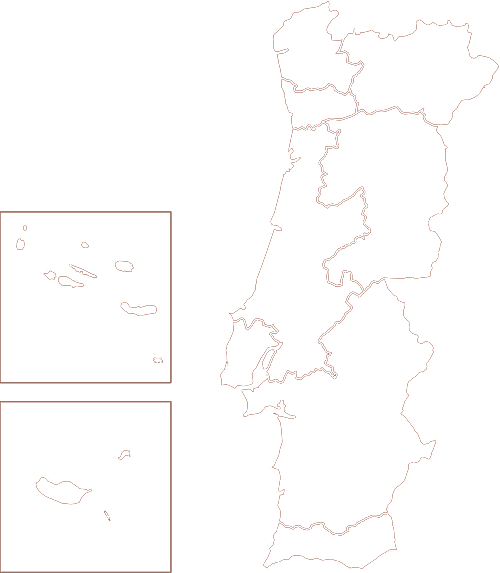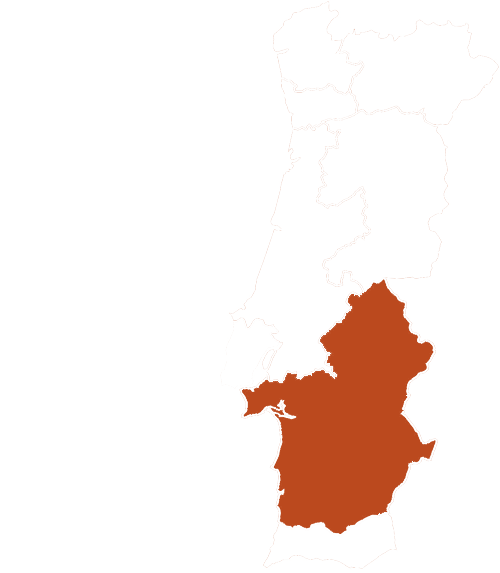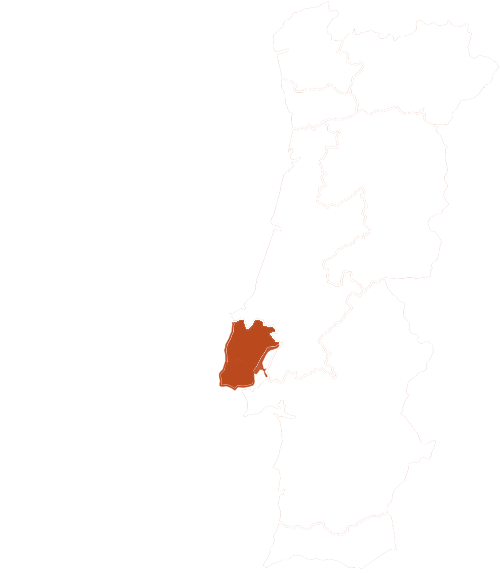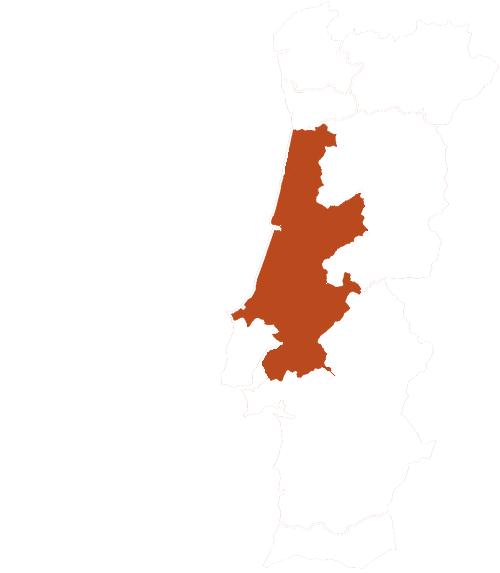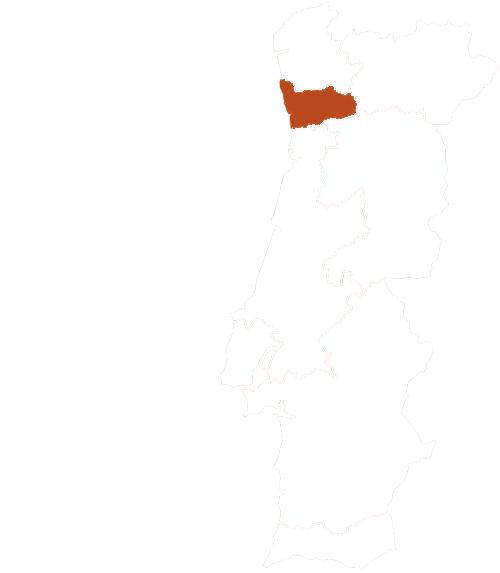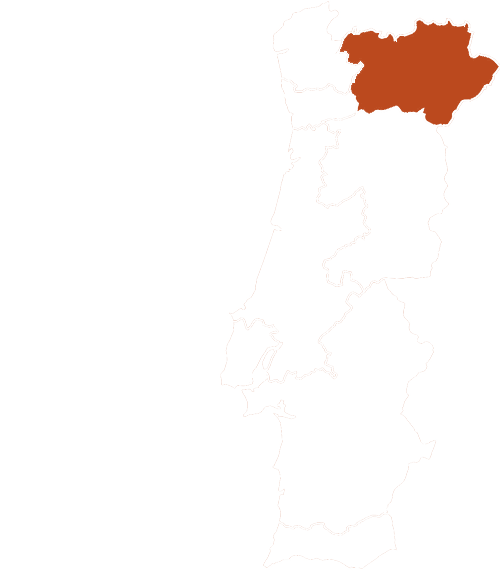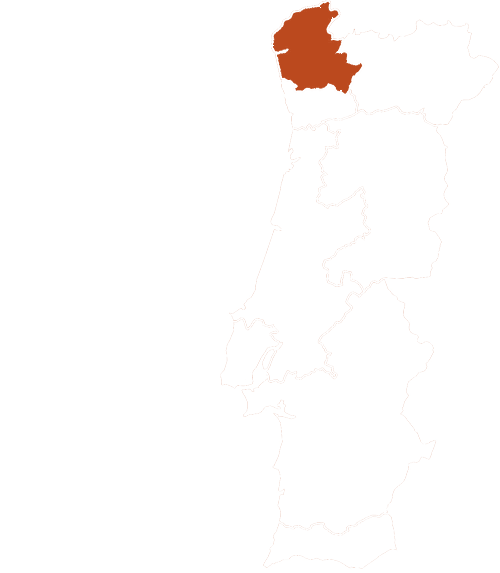Drive to Bragança.
Bragança is the capital of the Trás-os-Montes region, in the northeast of Portugal. Fairly unexplored by tourism, this remote and mountainous area offers unique sights, historical villages, natural landscapes and an extremely rich gastronomy. Bragança is located at the tip of Montesinho Natural Park, one of Europe’s wildest woodlands, with a wide diversity of fauna and flora.
Enjoy the evening at your own pace.
Accomodation in one of our suggested Luxury, Premium or Boutique Hotels.
Bragança was born in the 12th century and the medieval centre still remains quite untouched; it is characterized by the imposing Castle, the Pelourinho (Pillory) resting on an unusual Lusitanian “berrão” (pre-historic granite pig), the Church of Santa Maria (Saint Mary) and the Domus Municipalis, a unique piece of architecture.
After king Manuel granted the New Charter in 1514, the city's development was largely due to the bishops who would reside here for half of the year. The royal and Episcopal influences characterizing those times are reflected in the Church of São Vicente (St. Vincent), the Museum of Abade Baçal, the Chapel of Misericórdia, the Church of Santa Clara (Saint Claire) and finally in the Cathedral. Complete the visit with the nearby Church of Castro de Avelãs, or a walk through Montesinho Natural Park, where there are still commune style villages that form part of the region’s heritage.
Visit to a “Miranda” donkeys game reserve and donkey ride.
The Miranda donkey has unique features: dark-brown hair, a bit lighter on the back and underside of the trunk; long and thick fur; big ears; large head; high stature, higher than 1,20m; and tame temperament. It is an endangered species and the local associations are working to protect it by promoting some activities, such as rides.
Continue to Gerês National Park.
At Portugal’s northwestern point, between Alto Minho and Trás-os-Montes, the Peneda-Gerês mountain is the only protected area in Portugal, classified as a National Park. It is wonderful to experience the balance between nature and human activity, preserving very old values and traditions in the village communities of Pitões das Júnias and Tourém.
Here you will spot the Garranos, small wild horses that populate these mountains. You are also very likely to view the Barrosã breed bovines and Castro Laboreiro dogs, accompanied by a shepherd and nearby flock. If you are truly lucky you may be able to view a buck (the Park mascot) or its predator, the Iberian wolf.
Accomodation in one of our suggested Luxury, Premium or Boutique Hotels.
Drive to Alcanena.
Set between the Tejo and the Almonda river, near Golegã, the Paúl do Boquilobo game reserve occupies an area of 529 hectares. It is the only Portuguese protected area in the UNESCO World Network of Biosphere Reserves. The interior areas are flooded almost the whole year, and covered with several aquatic plants. Here you can find the biggest community of herons of the Iberian Peninsula.
Continue to Golegã, where you will find the biggest horse fair in all of Portugal! This festival is in honor of São Martinho (St. Martin), celebrated on the 11th of November, and lasts a bit over 2 weeks. The major horse breeders of Portugal will show their best horses at the equestrian contests and competitions that take place daily. Enjoy going for a walk at the romantic garden surrounding the old studio of Carlos Relvas, a well-known photographer of the 19th century, or seeing the Martins Correia Museum, a contemporary sculptor.
You will find many regional products, hand-crafted saddles and boots as well as a number of genuine leather products.
Also enjoy the numerous bars and food stands, where you can try different typical Portuguese street foods!
Accomodation in one of our suggested Luxury, Premium or Boutique Hotels.
If you can’t come to Portugal in November during this horse festival, you can enjoy another one in May, also in Golegã, with the purpose of showing mares. There are a few other horse festivals in other towns, at different times of the year.
Drive to Alter do Chão.
Here you will visit the Coudelaria Alter Real, founded by king D. João V in 1748, with the purpose of breeding Lusitano horses for the Royal Paddock. This was one of the most important Lusitano breeding institutions in the country and it kept the kings expressed wishes of preserving the Lusitano purebred. Nowadays the Coudelaria holds a number of activities in its 300 hectares of beautiful landscape.
Here you will find the Agricultural School, the Portuguese School of Equestrian Art, a Campus of the Évora University, with research centers for selection and improvement of the Lusitano purebred, equestrian and sports infrastructures, as well as a Falconry where you can view a number of falcons and enjoy a presentation.
The Coudelaria also offers different educational activities, focused on the development and dissemination of environmental preservation and Lusitano heritage. If you are able to view the mares leaving for pasture (which in Portuguese we call “Éguada”), it’s an amazing experience.
Continue to Comporta.
The Comporta beach is located at the tip of the Sado Estuary Natural Reserve, which allows it to preserve its natural beauty. Here you will find one of the longest and most beautiful beaches of Portugal, just a little over an hour from the city of Lisbon. Close by there are a number of rice fields and pine forests. We must add that this is also a sanctuary for storks among many other bird species.
Enjoy a 2 hour horse ride on the Comporta beach, and gallop along the ride sands and ocean shore! This is an amazing experience that can be private and even at sunset if you prefer.
Continue to Lisbon.
Lisbon by night.
Bairro Alto is one of the city’s most popular nightlife locations. Although traditional in the building’s architectural style, the modern features are evident in the clothing and design stores and bars… lots of bars. Enjoy a walk through the narrow streets, alleyways and dead ends. There are plenty of good restaurants here, side by side with tiny bookshops, tea rooms and design stores from some of the most distinguished Portuguese artists. Fado, Lisbon’s typical song that repeatedly evokes the word saudade, a kind of nostalgia, is an important part of this neighborhood’s charm. The true Lisbon soul lies deeply and truly in fado. Love, destiny, sadness and nostalgia are feelings that are whispered in a strong but kind voice that can’t be explained, only felt. Fado was declared Masterpiece of the Intangible Heritage of Humanity in 2011.
Accomodation in one of our suggested Luxury, Premium or Boutique Hotels.
Lisbon is one of the most fascinating cities in Europe! With blue skies almost all year round and a mild winter, Lisbon offers breathtaking panoramic views of the city and the river, a picturesque setting where old trams take us from the narrow cobbled streets up to the excellent new hotels in broad boulevards, fabulous shopping opportunities and a fantastic nightlife. The old blends with the sophistication of the 21st century.
Today, before visiting the city, you will visit the Queluz National Palace, whose history dates back to the end of the 16th century, with the marquises of Castelo Rodrigo, but it is not until 1747, with the future king D. Pedro III, that this Palace gains the status of Royal Palace, corresponding to its most remarkable period, when it fulfilled its purpose as the Royal Family’s summer retreat. By that time, the intimate relationship of the interiors with the garden was also strengthened, since the latter was conceived as a lengthening of the halls and a fundamental part of the architectural complex. It is a State Property since 1908, and it was classified as National Monument in 1910. It has been opened to the public as a Museum of Decorative Arts in 1940. You can also enjoy the daily royal equestrian dressage training, which is remarkable.
Back to Lisbon, you can start in the Alfama and the Castle area, giving you a historic glimpse of Arab and medieval times. During the day, the streets are filled with animated crowds strolling around the museums, the shops, the art galleries, the cafes or the grocery stores that sell gourmet products. From the Baixa area to the Marquês de Pombal Square, there are a number of theaters, restaurants, shops and bars to enjoy. In Belém, you will find the majestic Jerónimos Monastery, the famous Tower of Belém, the Cultural Centre and the many museums and gardens that surround them. Don’t miss the Pastel de Belém!
At the end of the day return flight home.






